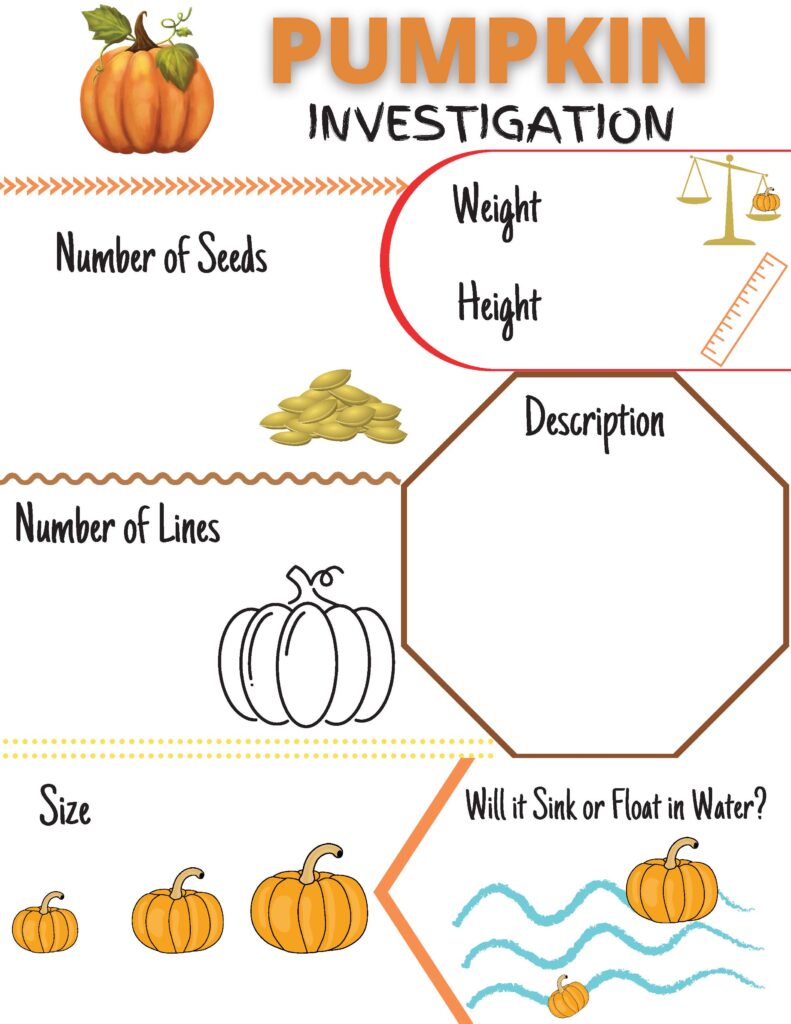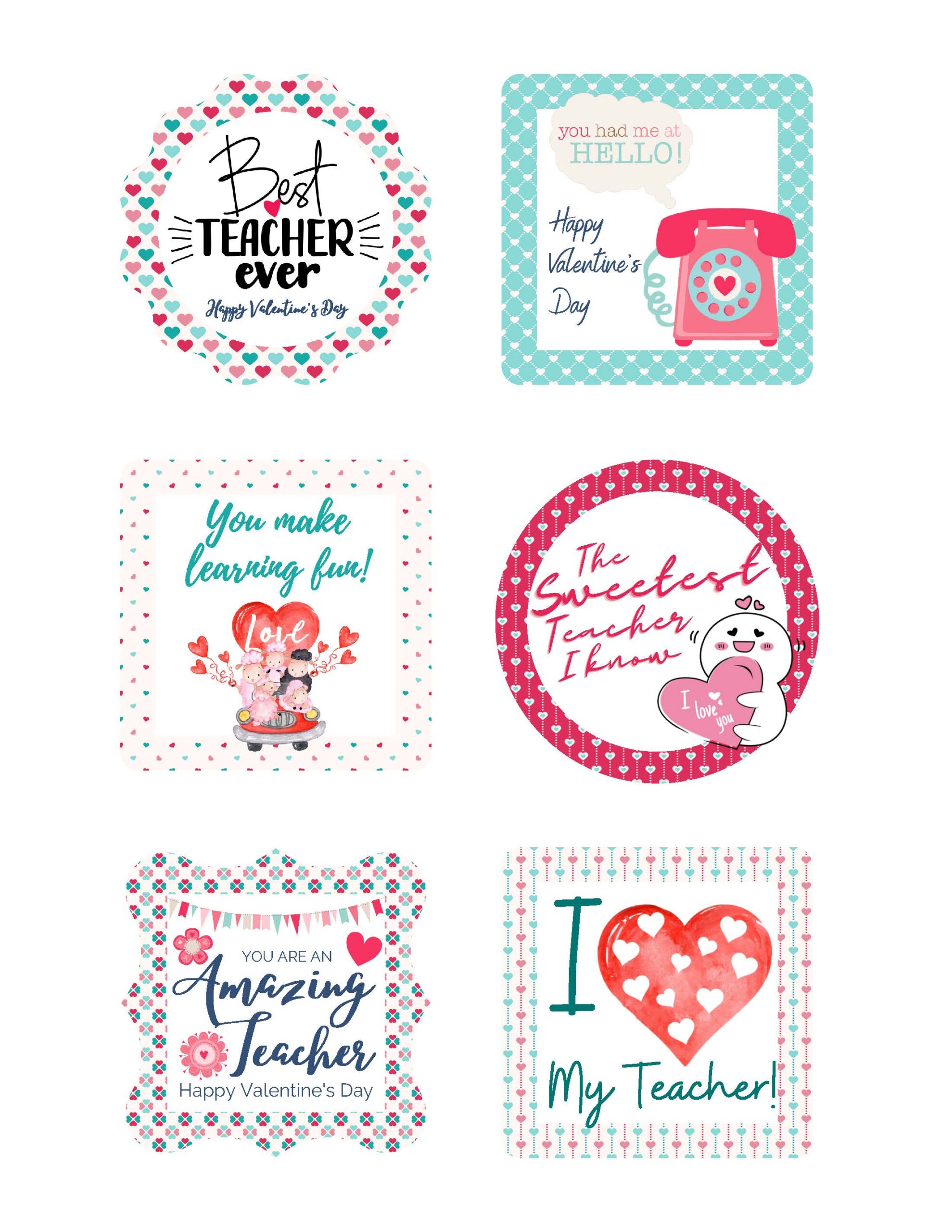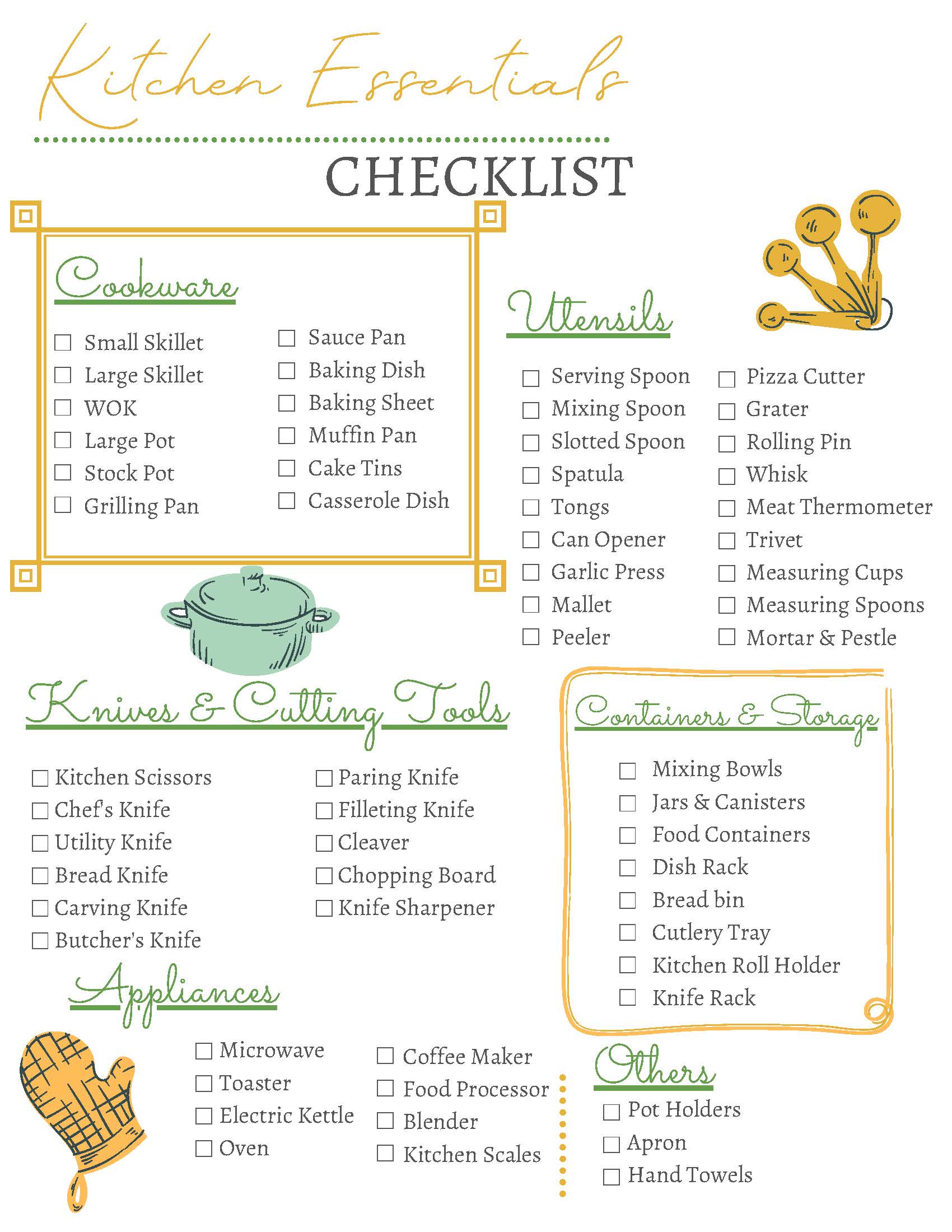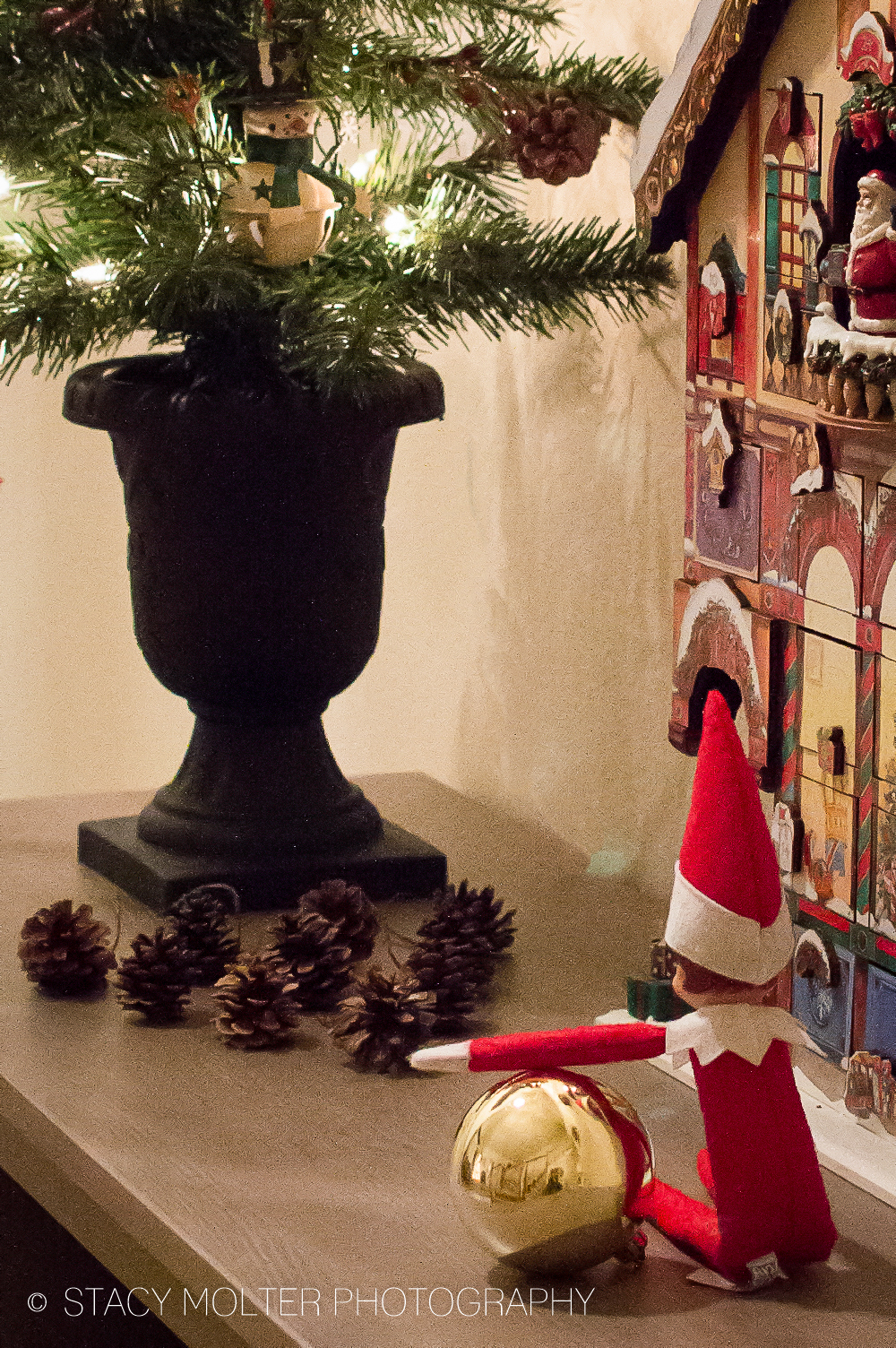Pumpkin Investigation Worksheet: Fun Fall Science for Kids
Fall is here, and that means it's pumpkin season! We love exploring these festive gourds with our little ones. A pumpkin investigation worksheet is a fun and educational way to engage children in hands-on learning during this special time of year.

These worksheets encourage kids to observe, measure, and record various aspects of pumpkins, fostering scientific inquiry and critical thinking skills. From counting seeds to measuring circumference, children can dive deep into the world of pumpkins while practicing math and science concepts.
We find that pumpkin investigations are perfect for getting into the Halloween spirit too. As we carve jack-o'-lanterns, why not turn it into a learning opportunity? Let's make the most of pumpkin season and create lasting memories with our young explorers!
Pumpkin Investigation Worksheet: Fun Fall Science for Kids
Pumpkin Basics
Pumpkins are fascinating fruits that come in many shapes, sizes, and colors. We'll explore what makes a pumpkin unique and some popular varieties you might encounter.
What Is a Pumpkin?
A pumpkin is a type of winter squash belonging to the Cucurbitaceae family. We recognize it by its round shape and distinctive orange color, though not all pumpkins fit this description.
Pumpkins have a hard outer shell called the rind, which protects the fleshy interior. Inside, we find stringy pulp and numerous flat, oval seeds.
The stem of a pumpkin is thick and sturdy, often with a woody texture. Leaves are large and lobed, growing on vines that can stretch up to 30 feet long.
Pumpkins are rich in nutrients like vitamin A, vitamin C, and potassium. We often use them in cooking, from savory dishes to sweet treats like pumpkin pie.
Different Varieties of Pumpkins
There's a wide array of pumpkin varieties, each with unique characteristics:
- Jack-o'-Lantern: The classic orange pumpkin we use for Halloween carving.
- Sugar Pie: Smaller and sweeter, ideal for baking.
- Giant: Varieties like ‘Atlantic Giant' can weigh over 1,000 pounds!
- White: ‘Lumina' and ‘Baby Boo' offer a ghostly appearance.
- Blue: ‘Jarrahdale' has a blue-gray skin and orange flesh.
We can use different pumpkin varieties for various purposes. Some are best for decoration, while others are perfect for pumpkin investigations in classrooms or kitchens.
The Life Cycle of a Pumpkin
Pumpkins go through an amazing transformation from tiny seeds to big, orange fruits. We'll explore the fascinating journey of how pumpkins grow and develop over time.
Seeds to Sprout
We start with pumpkin seeds, which are flat and oval-shaped. When planted in warm soil, they absorb water and begin to sprout. Tiny roots emerge first, followed by two seed leaves pushing up through the soil.
As the seedling grows, it develops true leaves and a stronger root system. The plant starts to vine out, with tendrils helping it climb and spread.
At this stage, we can observe the growth process with our students using simple pumpkin activities. Planting seeds in clear containers allows us to watch the roots and shoots develop day by day.
Flowering Stage
After about 8-10 weeks, our pumpkin vine produces beautiful yellow flowers. There are two types: male and female. Male flowers appear first and have a single stamen in the center.
Female flowers come next, with a tiny swollen base that will become the pumpkin. Bees and other insects carry pollen between the flowers, fertilizing them.
We can engage our students by having them identify and compare the different flower types. Drawing and labeling diagrams of the flowers helps reinforce their understanding of plant reproduction.
Fruit Development
Once fertilized, the female flower's base swells and grows into a small green pumpkin. Over the next few months, it expands and changes color.
Inside, the pumpkin develops a network of strings, seeds, and pulp. The outer skin hardens and turns orange as harvest time approaches.
We can track the pumpkin's growth by measuring its circumference weekly. This makes for a great math activity, allowing students to create growth charts and predict the final size.
When fully ripe, we can cut open the pumpkin to explore its parts. This hands-on investigation lets us examine the seeds, count them, and even taste the flesh.
Exploring Pumpkins Inside and Out
Pumpkins are fascinating fruits that offer endless opportunities for discovery. Let's dive into their unique anatomy and conduct a fun floating experiment to uncover the secrets of these autumnal favorites.
Pumpkin Anatomy
Let's start our pumpkin investigation by examining its parts. At the top, we find the stem, which attaches the pumpkin to the vine. The outer shell, or rind, protects the inner flesh and seeds.
When we cut open a pumpkin, we reveal its stringy insides called pulp. This fibrous material surrounds the seeds. The seeds are flat, oval-shaped, and typically white or cream-colored.
We can use a Pumpkin Investigation Worksheet to record our observations. Let's measure the pumpkin's circumference using a measuring tape. This gives us an idea of how big around the pumpkin is.
The flesh of the pumpkin is the edible part we use for cooking. It's thick, orange, and full of nutrients.
Investigating Pumpkin Sink or Float
Now, let's conduct a fun experiment to see if our pumpkin sinks or floats. We'll need a large container of water and our pumpkin.
First, we make a prediction. Do we think the pumpkin will sink or float? Let's write our guess on our worksheet.
Next, we gently place the pumpkin in the water. What happens? Most pumpkins float due to their hollow center filled with air and seeds.
We can try this experiment with pumpkin pieces too. Cut the pumpkin into smaller sections and see if they behave differently in water.
This activity helps us understand concepts like density and buoyancy. It's a great way to combine science with pumpkin fun!
Hands-on Pumpkin Activities
Pumpkins offer endless opportunities for fun and learning. We've put together some exciting hands-on activities that will engage children's senses and creativity while exploring these fascinating fall fruits.
Pumpkin Carving and Crafting
Let's start with a classic – pumpkin carving! This activity is perfect for developing fine motor skills in children. We recommend using child-safe carving tools and adult supervision.
For younger kids, painting pumpkins is a safer alternative. They can use brushes, sponges, or even their fingers to create colorful designs.
We love making pumpkin stamps too. Cut a pumpkin in half, dip the cut side in paint, and press it onto paper for a unique autumn-themed print.
Don't forget about the seeds! After cleaning them, we can roast them for a tasty snack or use them in craft projects like mosaic art.
Sensory Play with Pumpkins
Pumpkin investigation activities are a great way to engage multiple senses. We start by creating a pumpkin sensory bin. Fill a large container with pumpkin innards, seeds, and small tools like tweezers or spoons.
Let children explore the textures, smells, and colors. They can sort seeds, count them, or practice scooping and pouring.
We also enjoy making pumpkin slime or playdough. These activities combine sensory play with creativity, allowing kids to shape and mold pumpkin-scented creations.
For a messy but fun experiment, we cut the top off a pumpkin and let kids “wash” the inside using soap and brushes. It's a unique way to clean out a pumpkin before carving!
Scientific Investigation Techniques
Let's explore some key techniques for conducting a pumpkin investigation. We'll focus on honing observation skills and accurately measuring and recording data to make our exploration more scientific and insightful.
Observation Skills
When investigating pumpkins, we need to use all our senses. Let's start by looking closely at the pumpkin's shape, color, and texture. We can feel the ridges and bumps on its surface.
It's important to note any unusual features or variations. Does the pumpkin have any blemishes or unique markings? We should record these observations in detail.
Using a magnifying glass can help us see tiny details we might otherwise miss. Let's examine the stem and bottom of the pumpkin carefully. What do we notice about their texture and color?
Measuring and Recording Data
Accurate measurements are crucial for our pumpkin investigation. We'll start by measuring the pumpkin's height and width using a ruler or measuring tape.
To determine the pumpkin's circumference, we'll wrap a measuring tape around its widest part. Let's record these measurements in a table:
| Measurement | Value |
|---|---|
| Height | |
| Width | |
| Circumference |
We can also weigh the pumpkin using a scale. It's important to record the weight accurately.
Let's not forget to count the number of ridges on the pumpkin. This can be an interesting data point to compare with other pumpkins.
As we collect data, we'll write everything down in our pumpkin investigation worksheet. It's crucial to be neat and organized in our record-keeping.
Learning Through Literature
Reading pumpkin-themed books enhances our pumpkin investigation activities. We can explore pumpkins through engaging stories and colorful illustrations, sparking curiosity and fostering a love for learning.
Pumpkin Themed Read-Alouds
We love incorporating pumpkin-themed picture books into our kindergarten lessons. These stories bring our pumpkin investigations to life in a fun and relatable way.
Some of our favorite titles include “The Biggest Pumpkin Ever” by Steven Kroll and “How Many Seeds in a Pumpkin?” by Margaret McNamara. These books help us introduce concepts like pumpkin growth, size comparison, and seed counting.
We often use read-alouds as a starting point for our hands-on activities. After story time, we might measure real pumpkins or count their seeds, connecting literature to real-world exploration.
To make the most of our pumpkin-themed read-alouds, we:
- Discuss the story's illustrations
- Ask open-ended questions
- Encourage predictions about what might happen next
These strategies help us engage our young learners and deepen their understanding of pumpkins through literature.
Pumpkin Lesson Plans and Worksheets
Exploring pumpkins offers a fun and educational autumn activity for young learners. We've gathered some engaging resources to help teach children about these fascinating fall fruits.
Printable Pumpkin Investigation Worksheets
Pumpkin investigation worksheets are excellent tools for hands-on learning. We love using these to guide our students through scientific observations and discoveries about pumpkins.
These worksheets often include activities to measure, weigh, and describe pumpkins. We can encourage children to count seeds, estimate circumference, and draw what they see.
Many free printable options are available online. We've found some great pumpkin-themed worksheets that cover various subjects, from math to literacy.
For a comprehensive approach, we recommend using worksheets that explore the life cycle of a pumpkin. This helps children understand how pumpkins grow from seeds to mature fruits.
We can create interactive pumpkin-shaped books to record observations. This makes the learning experience more engaging and memorable for our little investigators.
-> Download and print our free Pumpkin Investigation Worksheet here! <-

The Role of Pumpkins in Fall Traditions
Pumpkins are an iconic symbol of autumn, playing a central role in many beloved fall traditions. We love how these cheerful orange gourds bring warmth and festivity to the season.
Pumpkins in Halloween Celebrations
When we think of Halloween, pumpkins immediately come to mind. Jack-o'-lanterns are a quintessential part of Halloween decor. We carve spooky or silly faces into pumpkins and light them up to create a festive atmosphere.
Pumpkin carving parties are a fun way to get into the Halloween spirit. We gather friends and family to create our own unique designs.
Pumpkin-themed treats are also popular during this time. We bake pumpkin pies, cookies, and breads. Some of us even enjoy pumpkin spice lattes to celebrate the season.
Visiting Pumpkin Patches
A trip to the pumpkin patch is a cherished fall activity for many families. We love wandering through fields of orange, searching for the perfect pumpkin to take home.
Many pumpkin patches offer additional attractions:
- Hayrides
- Corn mazes
- Petting zoos
- Face painting
These fun activities make for a full day of autumn enjoyment. We often snap family photos among the pumpkins to capture memories of the season.
Some patches even host pumpkin-themed events like weigh-offs for giant pumpkins or pumpkin-chucking contests. These quirky traditions add extra excitement to our fall festivities.
Pumpkin Crafts for Young Learners
Engaging young learners with pumpkin crafts enhances their creativity and fine motor skills. These activities provide hands-on experiences that make learning fun and memorable during the fall season.
Simple Pumpkin Craft Ideas
Let's start with easy pumpkin crafts that young learners will love. Paper plate pumpkins are a great option. We can help children paint paper plates orange and add green stems.
For a tactile experience, try pumpkin stamping. Cut apples in half, dip them in orange paint, and stamp pumpkin shapes on paper. Kids can add details with markers or crayons.
Pumpkin suncatchers are another fun craft. We'll cut pumpkin shapes from clear contact paper and let children stick on small pieces of orange tissue paper. These look beautiful hanging in windows!
Creating Pumpkin Art with Recycled Materials
We can turn recycling into a learning opportunity with pumpkin crafts. Empty plastic bottles make great pumpkins. Let's paint them orange and add faces with markers.
Toilet paper roll pumpkins are simple and cute. We'll help kids wrap orange paper around the rolls and add green pipe cleaner stems. They can draw faces or glue on cut-out features.
For a group project, try a cardboard box pumpkin patch. We'll paint boxes orange and arrange them in a “patch.” Children can decorate each pumpkin uniquely, practicing their fine motor skills.
These crafts not only entertain but also develop creativity and dexterity in young learners.
Interactive Pumpkin Learning Stations
Pumpkin learning stations offer engaging hands-on experiences for children. We'll explore how to set up an investigation area and incorporate fun facts to enhance learning.
Setting Up a Pumpkin Investigation Station
We love creating pumpkin investigation stations for our little learners. To start, we gather various pumpkins of different sizes, shapes, and colors. We place them on a large tray with simple science tools like magnifying glasses, rulers, and scales.
We include bowls of water to test flotation and plastic knives for safe cutting practice. Small clipboards with observation sheets allow children to record their findings. We also add tweezers for seed extraction and counting activities.
To encourage sensory exploration, we provide gloves for kids to touch and feel the pumpkin's insides. We set up a sink or cleaning station nearby for easy cleanup after messy investigations.
Integrating Pumpkin Facts and Trivia
We enhance our pumpkin activities with interesting facts and trivia. We create colorful flashcards with pumpkin facts, such as their botanical classification as a fruit or their high vitamin A content.
We design a pumpkin life cycle chart, showing growth stages from seed to mature fruit. This visual aid helps children understand plant development. We also include fun trivia questions about pumpkins in history and culture.
We incorporate math by challenging kids to estimate pumpkin weights or seed counts. For literacy, we add pumpkin-themed vocabulary cards to expand language skills. These integrated elements make our pumpkin learning stations both educational and entertaining.







